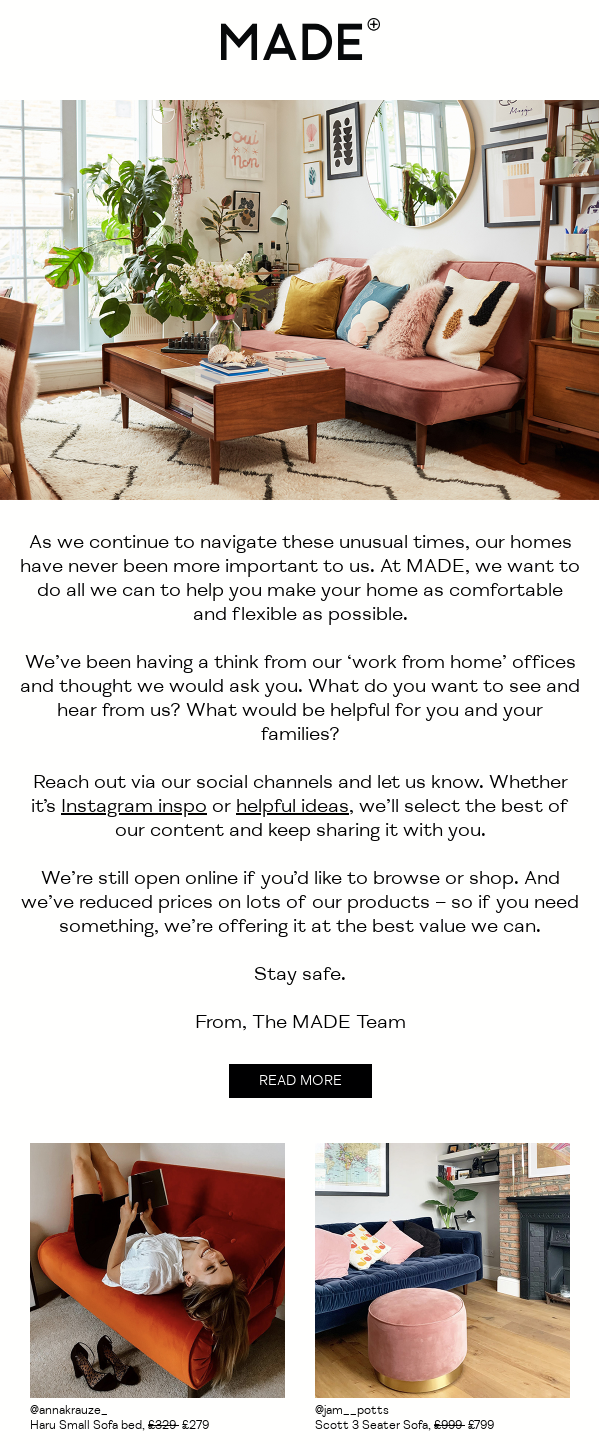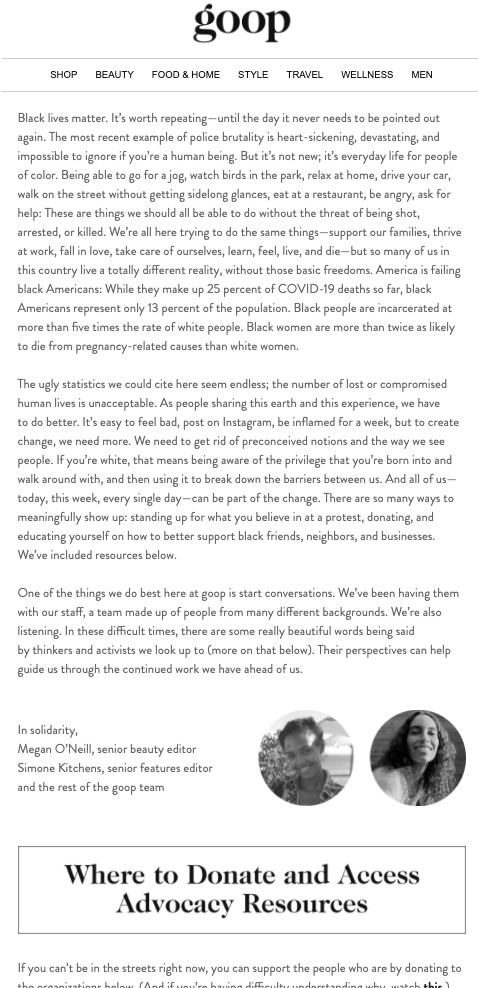How Empathy is Making Us Better Email Marketers
One of the silver linings of this crazy 2020 has been getting to chat more often with far-flung marketing friends - the people I would normally see several times a year at industry conferences but now view weekly on my computer screen.
These virtual happy hours began informally when we were all on lockdown as a way to stay connected with people without leaving our homes. Now they have become a standing date in my weekly diary.
I love getting to know my work friends as human beings first and email compatriots second. Our weekly get-togethers have no agendas. People show up when they can, stay as long as they want, and if they can enjoy a cocktail or two while we talk, so much the better!
I’ve especially enjoyed talking about the events in our lives that shaped us as marketers - how we got where we are today, why we believe what we do about life in general and work in particular.
If you’ve ever wondered why I believe a service-oriented approach to email is the best route to success today, this story should explain it.
It all began one Saturday in a railway station ...
I was walking up the long ramp at Waterloo East Station in London, on my way to meet a friend for lunch. Ahead of me, a diminutive, frail-looking elderly lady was struggling up the ramp and dragging a bag that was about half her size.
I rushed to help her with her bag and carried it for her to her train on the other side at Waterloo Station. As we chatted while walking up the steep ramp together, I learned she was a delightful French widow who was on her way to visit her son. As we reached her train, she smiled sweetly, gave me her hand and thanked me for helping her. After exchanging the traditional French faire la bise (cheek kisses), we went our separate ways.
It was a simple thing - just a few moments spent together, a lovely conversation and a sweet parting - but I left with a huge smile and a special glow. By helping this dear lady, I ended up feeling inexplicably happy.
This experience led me to the concept that undergirds my entire approach to email marketing:
When you help your customers achieve their objectives, they will help you achieve yours.
Sometimes those customer objectives have nothing to do with buying your products. Maybe they’re coping with uncertainty, isolation and instability. A service-oriented, customer-first approach can recognize those objectives as well and guide your marketing plan, as you can see in my examples below.
Personal + professional = More empathy in today’s marketing
I will be the first to wish we could simply hit “Undo” on 2020 and start all over again. But our response to the trials we are facing - from the pandemic to economic disaster to the renewed battles for racial justice and equality - emphasises to me how the “helpful marketing” philosophy of email is bearing fruit.
All marketing is just people talking to people. We must remember that our customers are people first.
My conversations with marketers, in our chats, on webinars and in online discussion groups, often end up with people sharing examples of emails we love. Lately, the ones that impress me most are emails showing how a brand can authentically empathise with us as customers, understand the issues we face and share how they are responding to those issues, even if they have nothing directly to do with the products they sell.
2 emails that put empathy first
We have seen this move to empathy in difficult times, and none more so than this year. Many brands pivoted their messaging strategy away from outright selling to a more measured approach, from explaining how they were responding to the pandemic within their own operations to explaining how they would work to provide racial parity or donate to racial-justice programs.
This recognition of the need for empathy - the ability to understand and share the feelings of others - has been a long time in coming. Our shared disasters have shown us that customers will respond when we share our humanity and recognise theirs.
I hope this customer-first focus continues because it’s not just for hard times. Trying to see and understand our customers as people first and buyers second can help us make better choices in how we address them even after times improve.
This email from MADE changes out the usual promotional message for one that asks customers what they need to hear from the brand. This was sent shortly after lockdowns began in the UK and the US. Although the content is significantly different from the usual email copy, it still reflects the brand voice, so the departure from business-as-usual is notable but not out of character.

Brands can also take explicit stands to show empathy. They can show how they are helping to relieve suffering in their communities in difficult times or, as the Gwyneth Paltrow brand Goop does here, to state a company position and advocate or share resources as a call for community action.

Empathic messaging is just the start
This move to build empathy into your marketing strategy and messaging comes with a major caveat. It must be authentic. It can’t come across as opportunistic, as grandstanding or jumping on the bandwagon. Your empathic responses must be true to your brand and company.
People today are hyper-alert to “virtue-signaling:” the conspicuous expression of high moral values or outrage. They’re quick to call out brands that talk a good line but don’t follow up their statements with examples showing how they’re putting those sentiments into action.
Empathy isn’t something that your executives can legislate for your brand. Rather, it’s something that your team should agree on, discuss and decide when it’s appropriate to use.
Remember this: We are all just people marketing to people. And we’re people that other brands are marketing to as well. Perhaps we need a new marketing Golden Rule: Market to others as you would have them market to you.
Or, as I said at the beginning of my post:
When you help your customers achieve their objectives, they will help you achieve yours.
What could you do today to help your customers achieve their objectives?

 How to resolve AdBlock issue?
How to resolve AdBlock issue? 